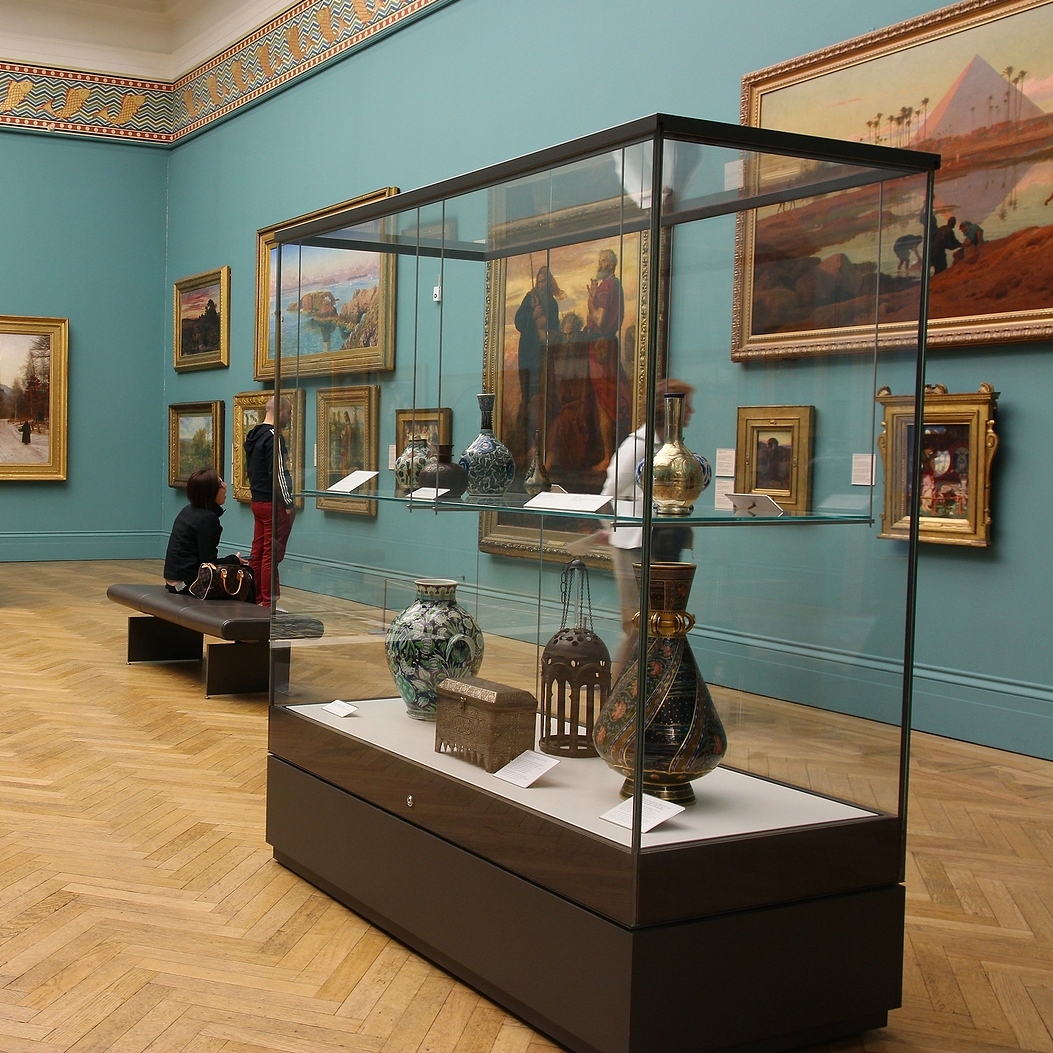Have you ever wondered where museums and galleries keep all of the art that is not on view? Even those institutions that often exhibit art from outside sources usually have a permanent collection. Some pieces are not being exhibited because they are undergoing restoration or have been loaned to another museum. But what about all of the art pieces that are simply never shown to the public? How is the storage of art in a museum or gallery different from how artists and private collectors store their pieces? And what can someone who wants to take proper care of their collection learn from art institutions?
Maintain a controlled environment
Museums and art galleries strictly monitor the environment in which they keep their collections. They conform to specific humidity and temperature requirements to make sure the works of art or antiquities are never directly exposed to the potentially harmful influences of the outside world. Climate conditions inside the space you are using for the storage of art play a crucial role in preserving your valuables. Moreover, you must regularly check your collection for art storage hazards such as mold, fungi, cracks, etc.
Minimize direct contact with the artwork
In museums, works of art are kept behind glass because institutions want to protect their treasures from temperature shifts and dust. Various protective barriers also help prevent curious people and children from touching the works. You could also apply this rule when storing art at home — the more you touch your items, the higher the risk of them getting dirty or wearing out. Professionals recommend that you use gloves when cleaning or moving your pieces.
Keep itemized lists of your collectibles
Catalogs are not just for museums or archives. Even though you might not have hundreds of items to keep track of, making an inventory list will still help you in the long run. For example, losing something during a move is more difficult if you have a clear idea of what you own.
What you can learn about the storage of art from professionals
Storage of art is an integral part of a museum’s life. Looking after millions of fragile and valuable items is only manageable when strict guidelines are followed. If you feel overwhelmed when planning a perfect art storage space, do not hesitate to ask for expert help. After all, even small at-home collections deserve care and respect.
